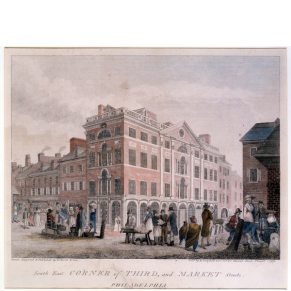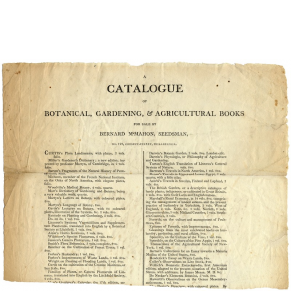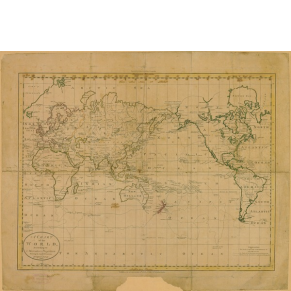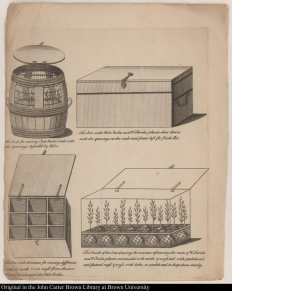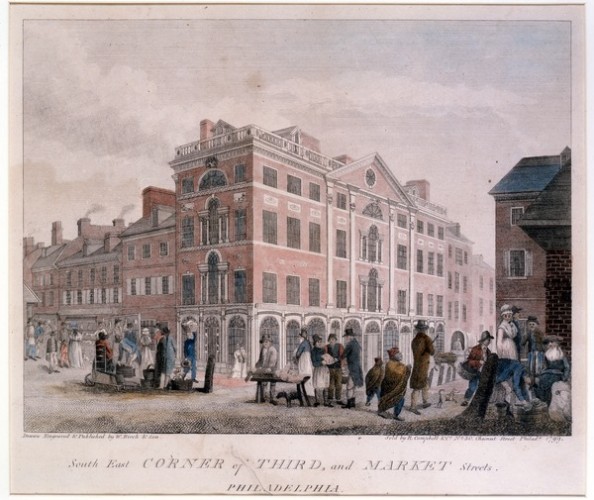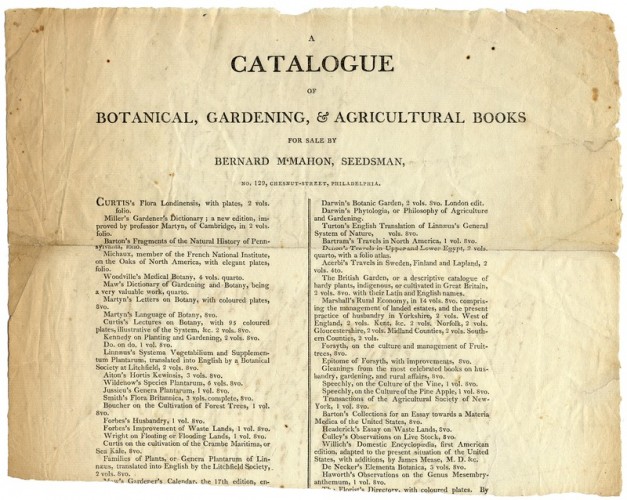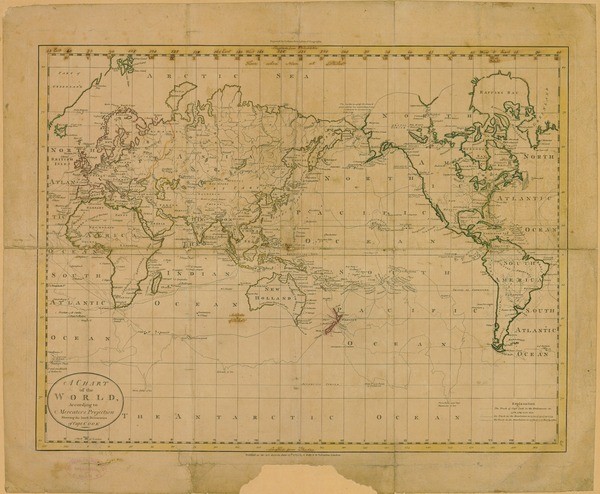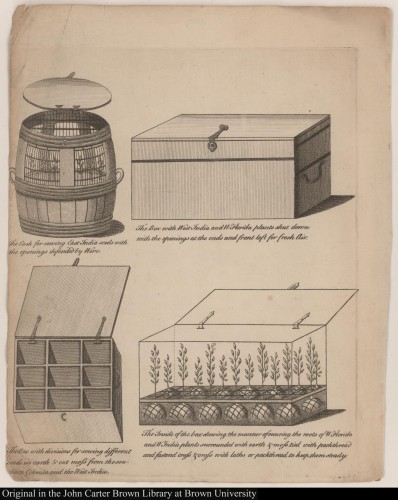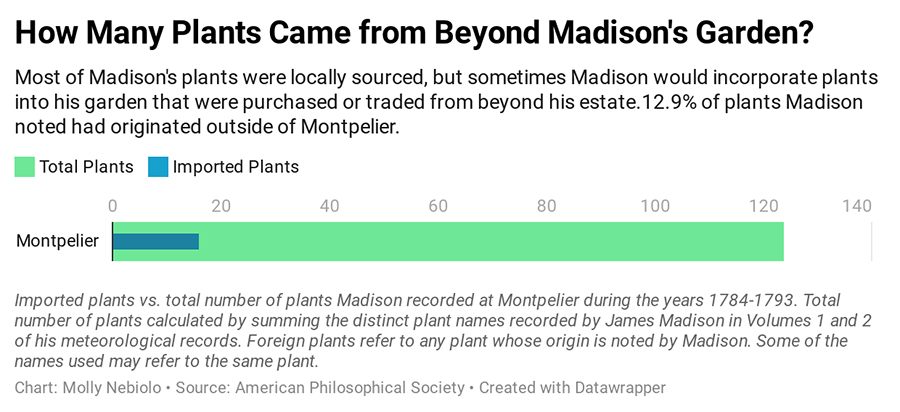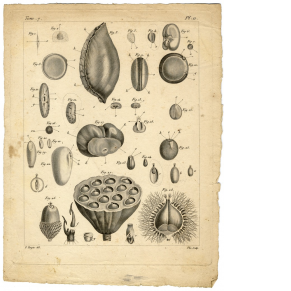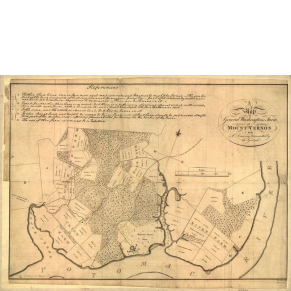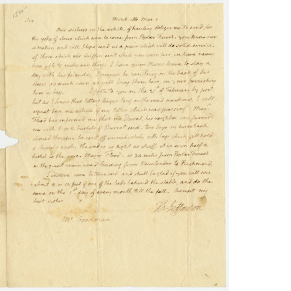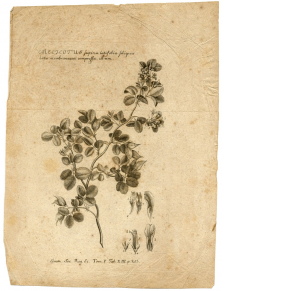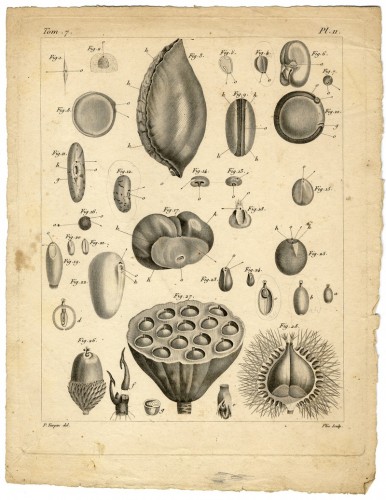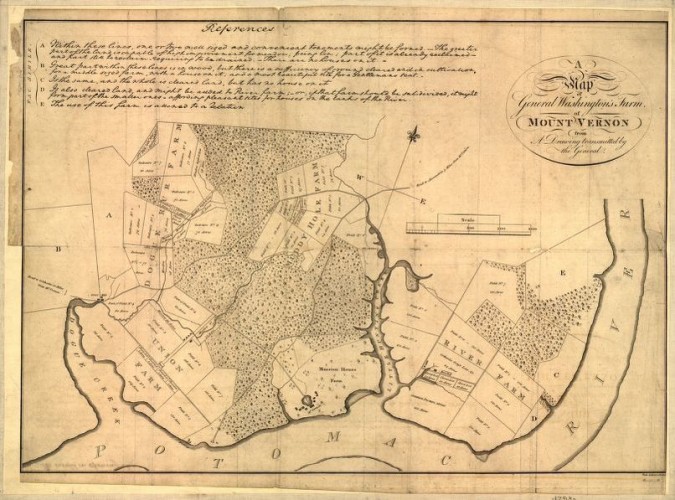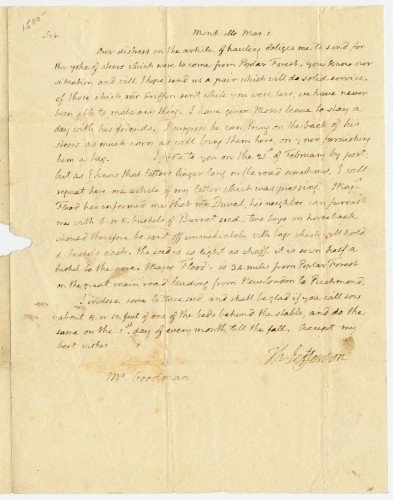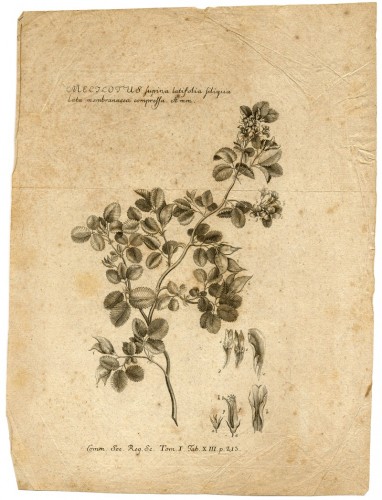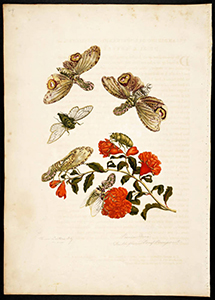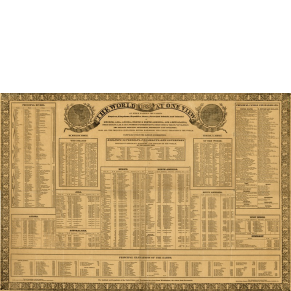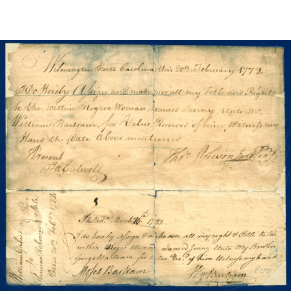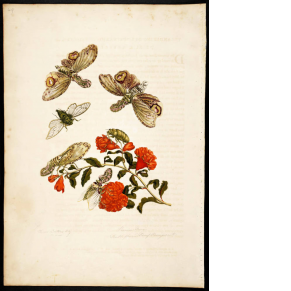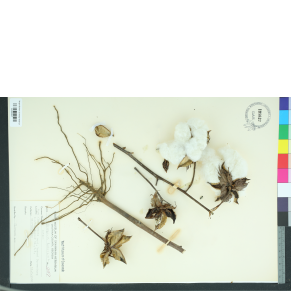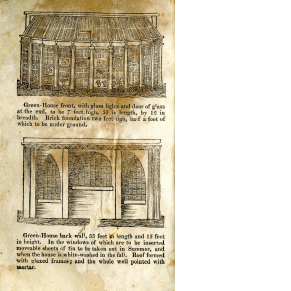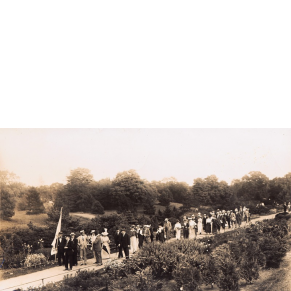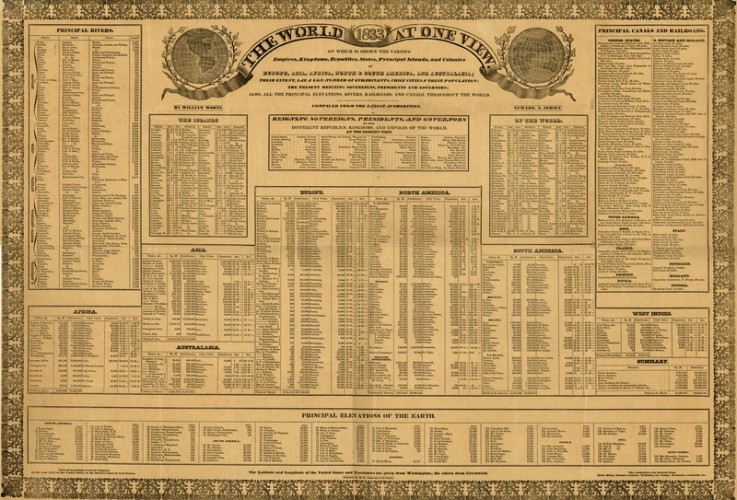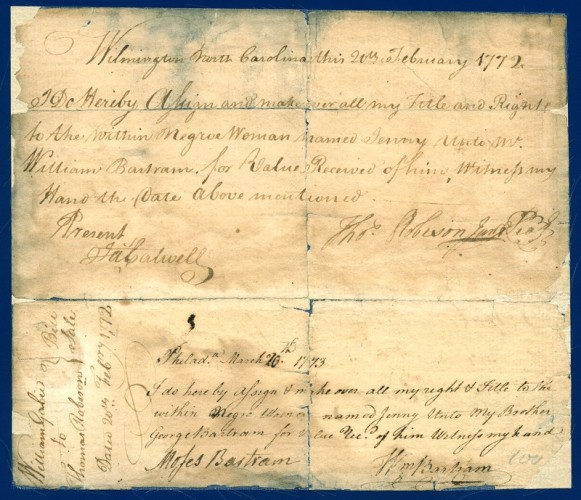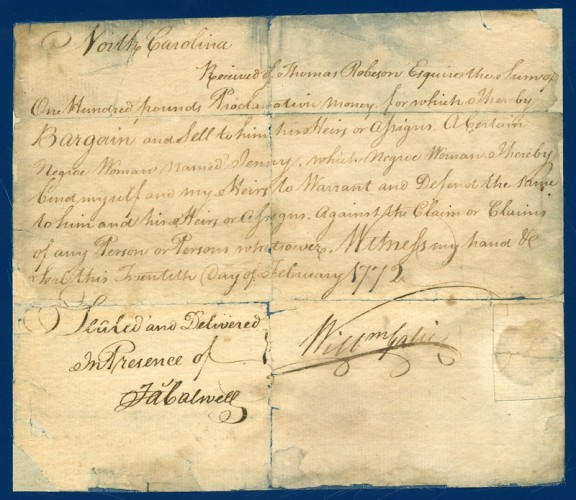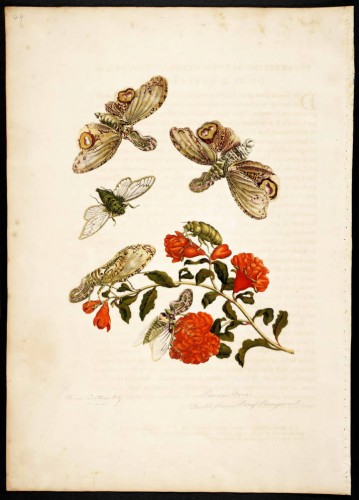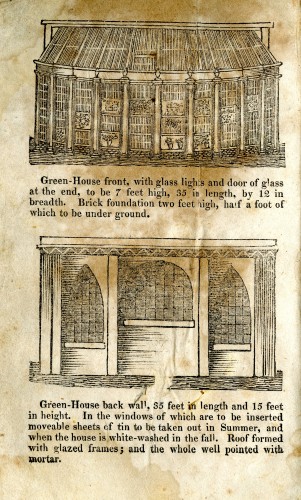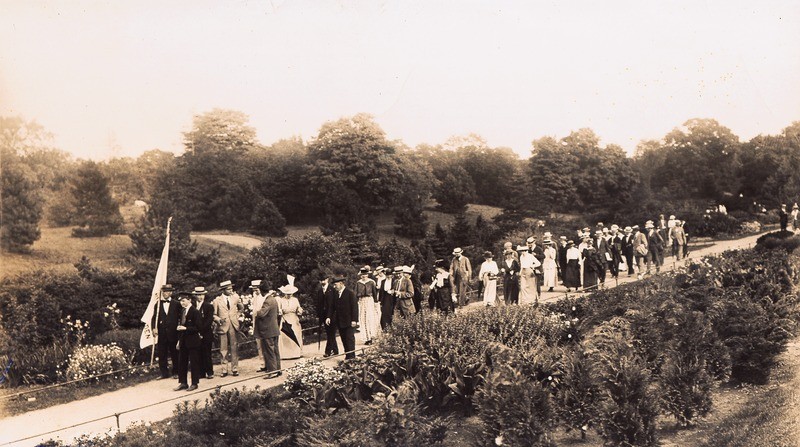The early colonial transatlantic seed trade began with the first colonial voyage to the continent. In the seventeenth century, colonists imported seeds from England to survive on the foods they were accustomed to eating. One of the earliest expeditions to Plymouth Plantation, in 1628, includes a list of seeds brought over from England. These plants included wheat, rye, barley, cherries, peaches, apples, and potatoes.1
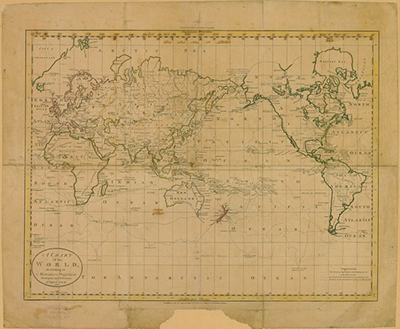
After the first settlements took root, the seed trade grew. European plants were naturalized to American environments as generations of settlers farmed the land. This made finding seeds and harvesting European plants an easier task for landowners. More ships in the Atlantic Ocean also led to more people immigrating to America from Europe, which increased the supply and demand for seeds from all over the world. These changes saved landowners time and money that they used for other pastimes in their garden.
Instead of just growing what was necessary, landowners bought plants to study in their own backyards. This hobby was mostly practiced by the middle- and upper-classes who had the money, time, and land to practice this science. The hobby’s popularity increased after 1735, when a Swedish naturalist named Carl Linnaeus created a standardized system for categorizing plants. This identification method spread across the world, and intellectuals began using their own gardens as sites for labelling and observing nature.2 By purchasing and planting seeds from all over the world, these landowners used these gardens to show off their wealth. These exotic gardens became botanical gardens or they grew in greenhouses. Many of the botanical gardens in the present day, like Bartram’s Garden in Philadelphia and the New York Botanical Garden, were first created for this purpose.
By the start of the 1800s, the seed trade was in full bloom. Places like Philadelphia, Boston, Charleston, and other port-towns imported many seeds from all over the world. James Madison was one of these men who benefitted from this colonial market, which we see in his meteorological records from 1784-1803. He is one example of a landowner and an intellectual who actively participated in the seed trade.

